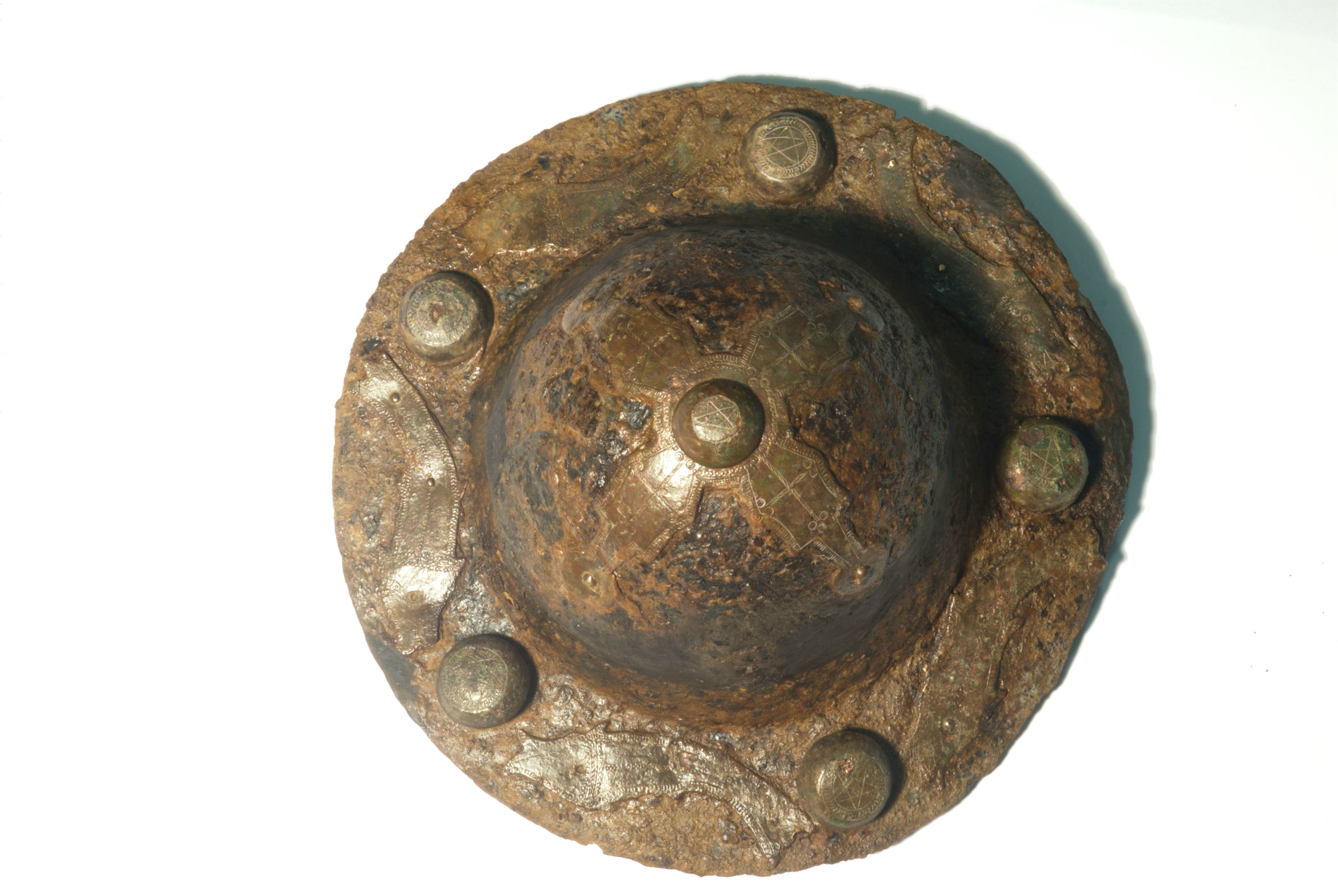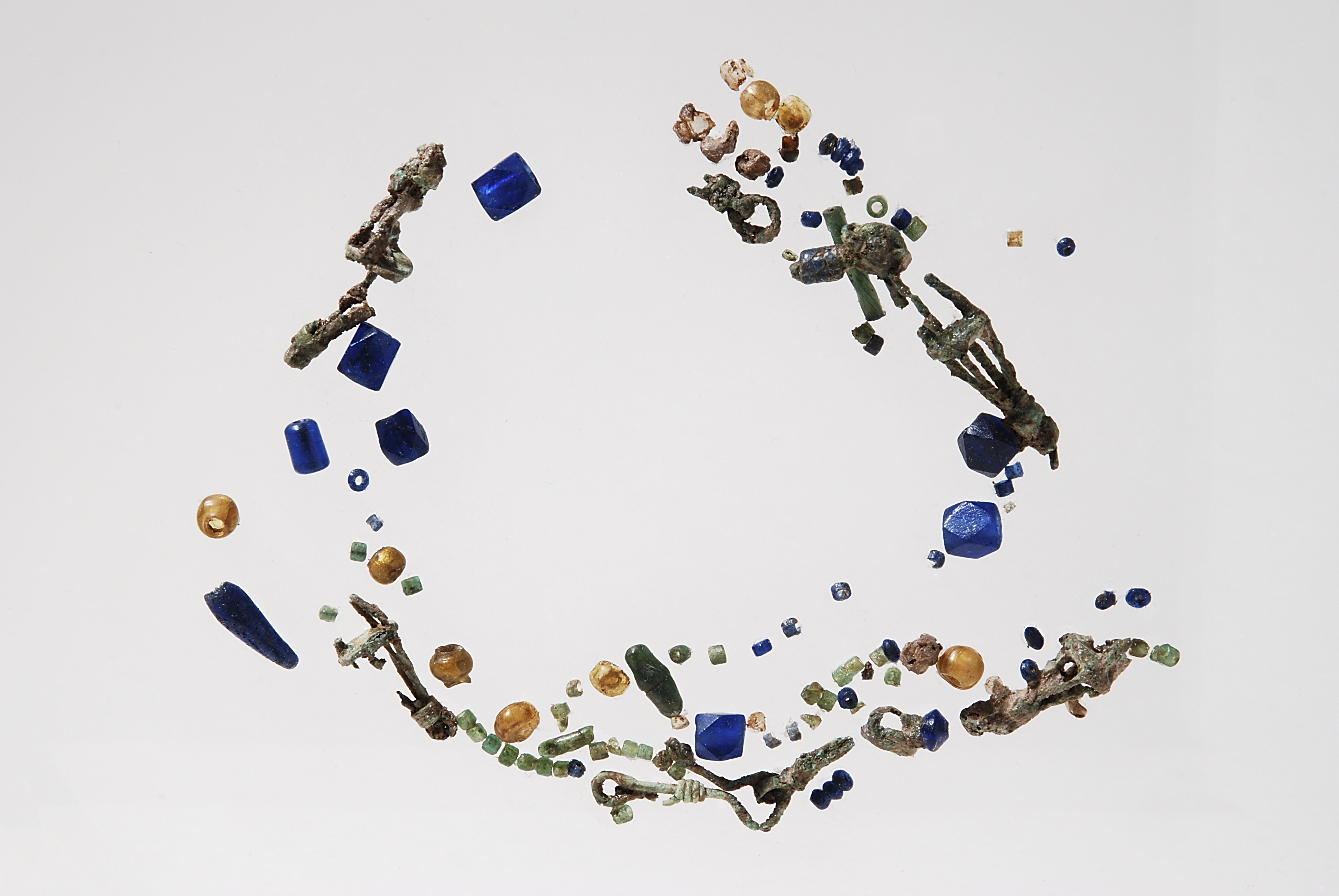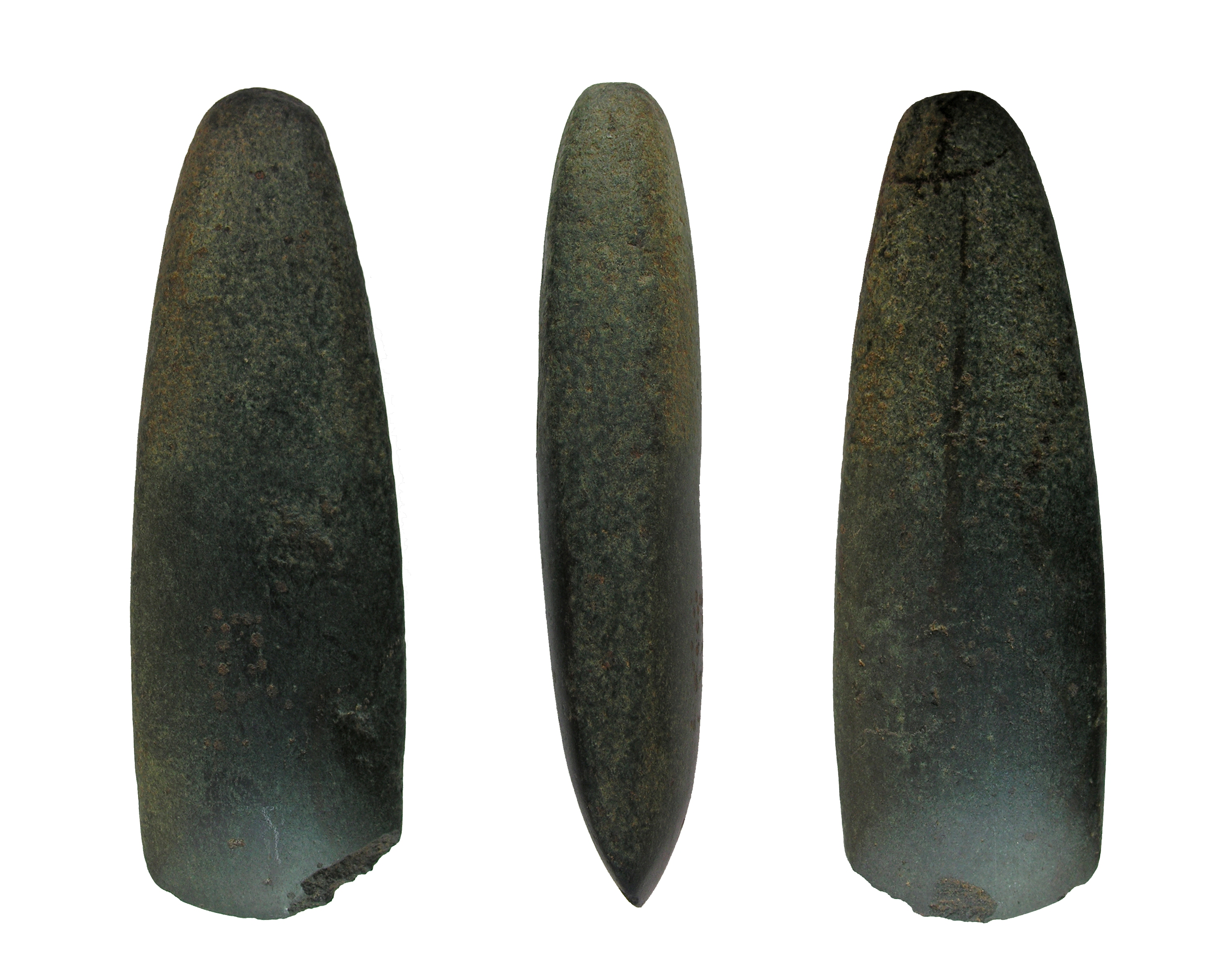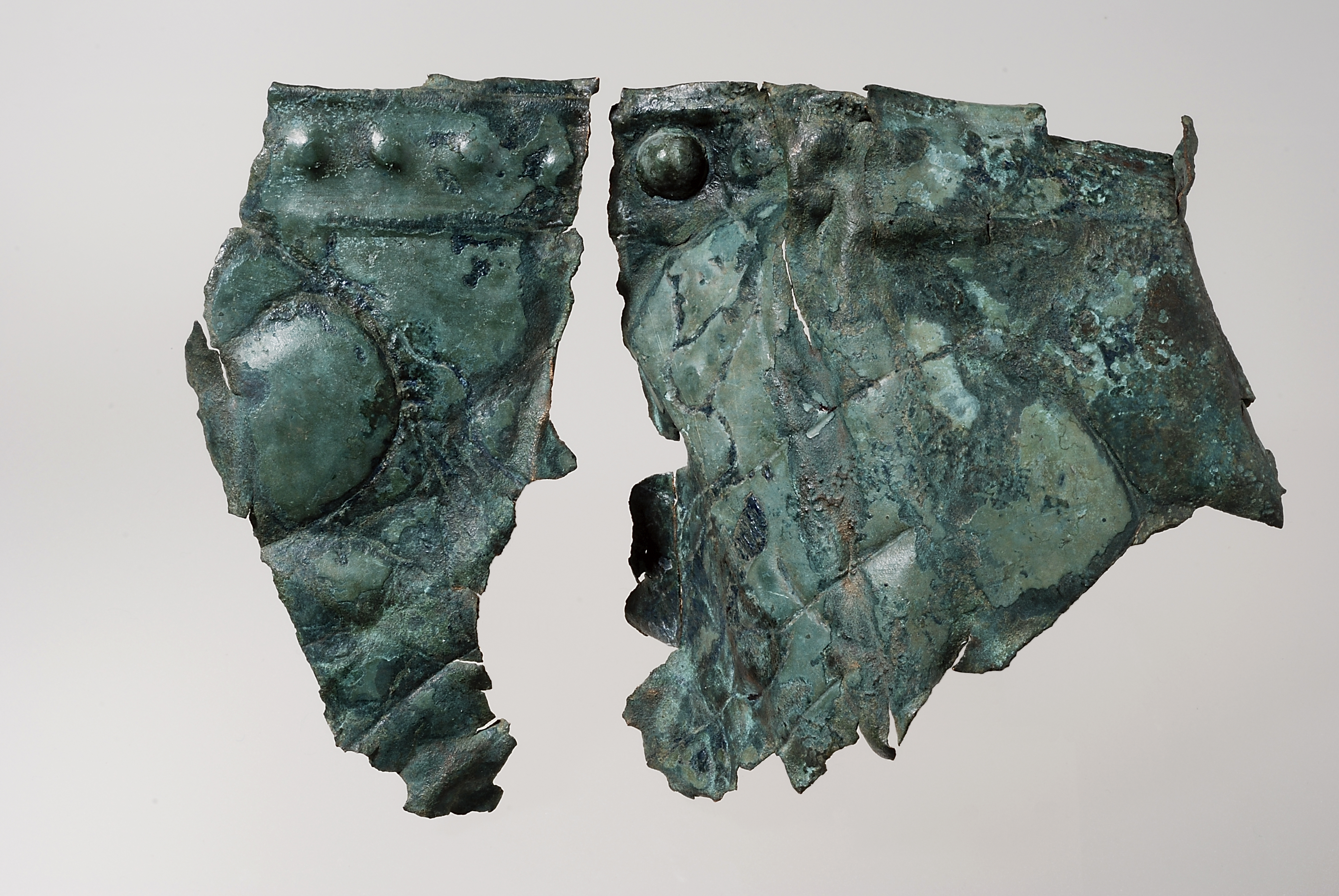“Giuseppe Zannato” Civic Museum of Archaeology and Natural Sciences
Montecchio Maggiore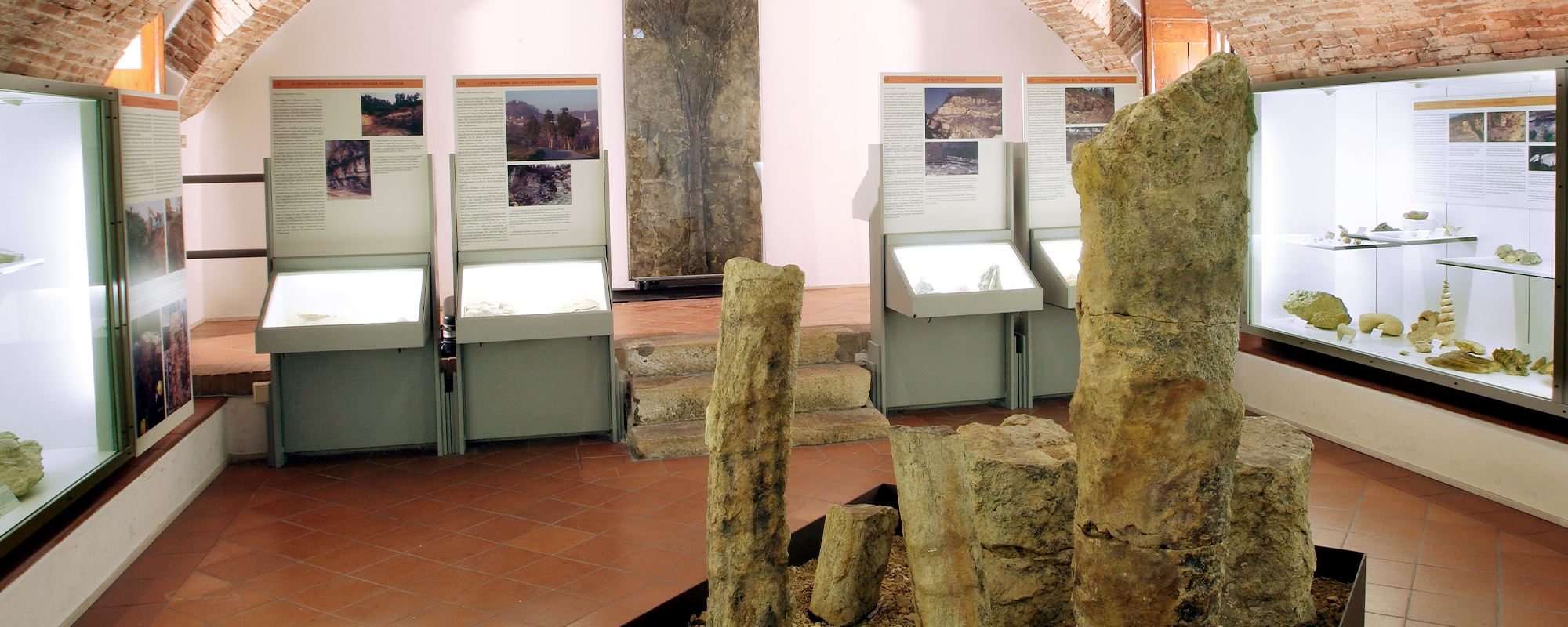
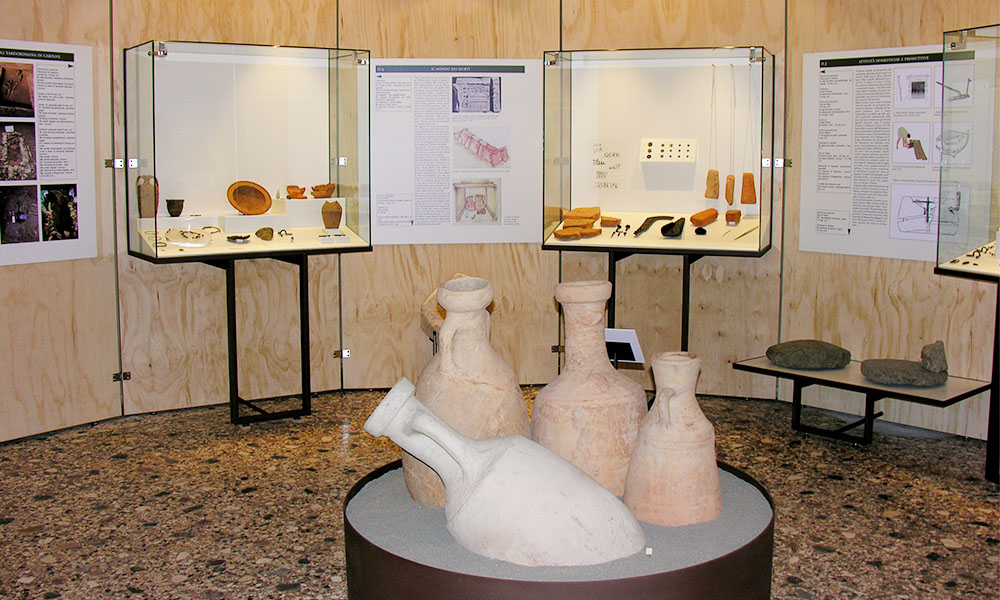
Founded in 1922 as a private museum by Cav. Giuseppe Zannato, it became a municipal museum in 1983.
In 1983 it began with three rooms, increasing to seven in 1998. During this period its seat was in the basement of the Civic Library (Villa Lorenzoni). Since 2007 it occupies the entire building of Villa Lorenzoni and consists of twelve rooms, a large lecture hall, laboratories and offices.
In the early years it was supported by a variety of collaborations, with different roles. In particular, the role supported by the Friends of the Museum Association stands out for its constant and qualified contribution. However, there was also a strong commitment from the Soprintendenza per i Beni Archeologici del Veneto and the University of Padua. Today these collaborations continue, but direct municipal management is ensured by the presence of two conservators (archaeologist and naturalist), a Director and custodial staff.
The museum also carries out research, teaching and dissemination activities and acts as a cultural reference point for the citizens of western Vicenza on all issues related to archaeology and natural sciences.
The collection of fossil crabs stands out for its international importance; other naturalistic collections concern other fossils from the area and minerals and gems from the Vicenza area. The archaeological evidence ranges from prehistoric times to the Longobards.
Saturday from 15.00 to 18.30
Sunday from 9.30 a.m. to 12.30 p.m. and 3 p.m. to 6.30 p.m.
Special openings on public holidays are indicated on the Museum website www.museozannato.it
€ 3.00 full price
€ 2.00 reduced price over 60, under 18, individual quota for groups
Free for children up to 10 years of age
€ 6,00 cumulative ticket for accompanied visit to Romeo and Juliet’s Castles, Priare and Museum (valid for one month from first use)
Tel. 0444 492565
E-mail: museo@comune.montecchio-maggiore.vi.it
Sito web: www.museozannato.it
how to reach us